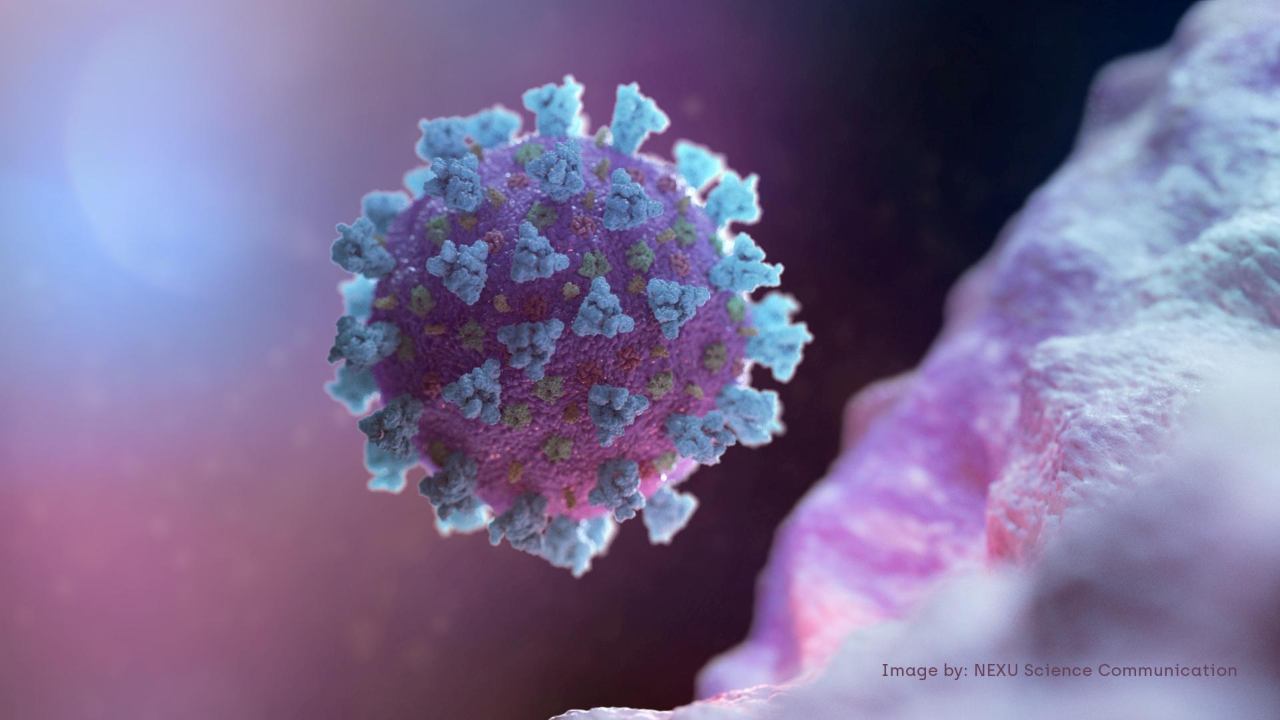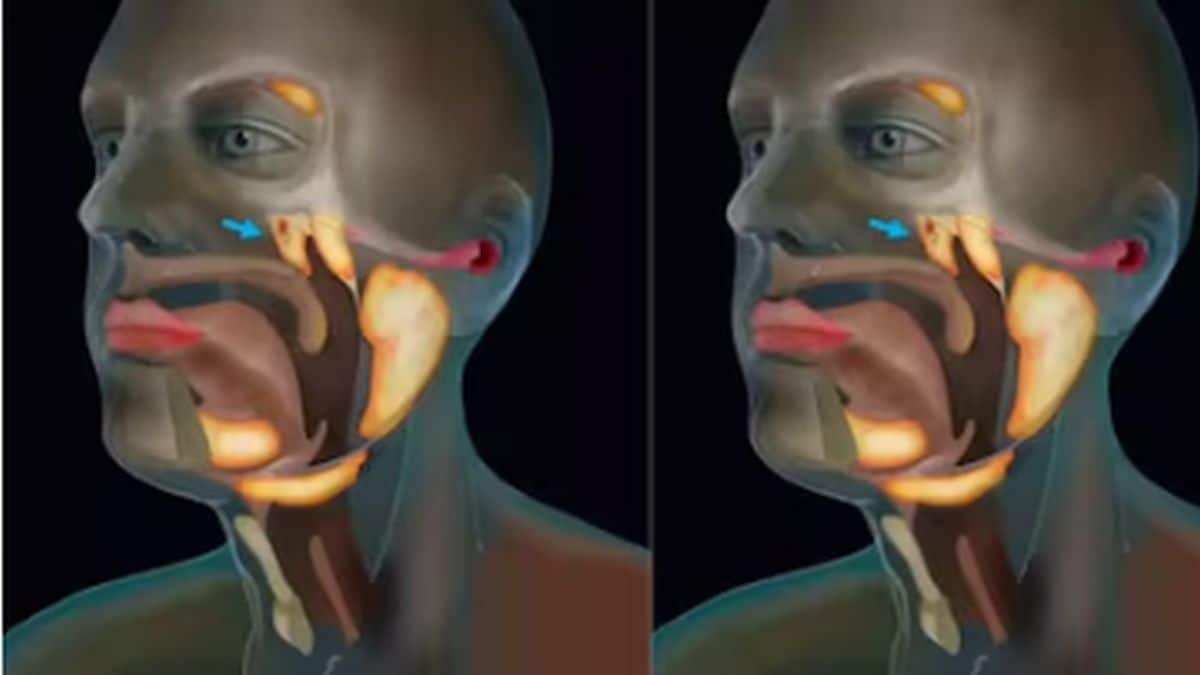In a new study, a group of scientists at the Department of Fundamental Medicine of Far Eastern Federal University (FEFU) have found that COVID-19 associated red blood cells damage may be responsible for the multiple organ damage in coronavirus patients. As per their study, published in the journal Archiv EuroMedica, every virus targets specific types of cells in the body. For example, HIV targets immune system cells, flu virus affects lungs and larynx and the COVID-19 causing virus affects multiple organ systems. While a lot of studies have been done to assess the effects of SARS-CoV-2 on lungs including death of lung cells and fibrosis, the authors of the latest study indicated that not much has been done to check the changes in red blood cell (RBC) pools (a major target of the novel coronavirus) and their effect on COVID-19 patients. The study For the study, the researchers assessed the lung biopsies of 11 patients who had died of COVID-19 and compared them with a control group of 14 patients who died of life-threatening injuries between the age of 24 and 76. The following things were noted in samples from COVID-19 patients:
- Abnormal (spherical, unequal shaped or smaller or larger than normal shape and size) and sickle-cell shaped RBCs
- Uneven distribution of hemoglobin (the protein that carries oxygen) in RBCs
- Thickening of the outer membrane of RBCs
- Hemolysis or RBC breakdown
Results The study indicated that the characteristic location of hemoglobin in RBCs of COVID-19 patients indicates iron deficiency and B12 anaemia. Gastrointestinal effects of SARS-CoV-2 were suggested to be responsible for the lack of B12. The type of RBC damage shows that the virus negatively affects the process of RBC formation, leading to iron deficiency and B12 anaemia. The authors of the study also said that red blood cells are the main target of SARS-CoV-2. Loss of RBCs makes it difficult for the body to transfer oxygen to tissues and ventilation does not help either because there are not enough RBCs to circulate oxygen. The only way to help such patients is by giving them RBCs or B12 from the outside. The study pointed out that low hemoglobin levels increase the risk of tissue damage further. This is because, in the initial phase of the disease, low hemoglobin levels will lead to increased production of erythropoietin (the hormone that helps produce RBCs). This would, in turn, increase the viscosity of blood and affect microcirculation (circulation of blood inside small blood vessels in tissues). This explains why hypertension patients are a major at-risk group for COVID-19 and why erythropoietin-based drugs cannot be used to treat anaemia in coronavirus patients. For more information, read our article on COVID-19. Health articles in Firstpost are written by myUpchar.com, India’s first and biggest resource for verified medical information. At myUpchar, researchers and journalists work with doctors to bring you information on all things health.


)

)
)
)
)
)
)
)
)



